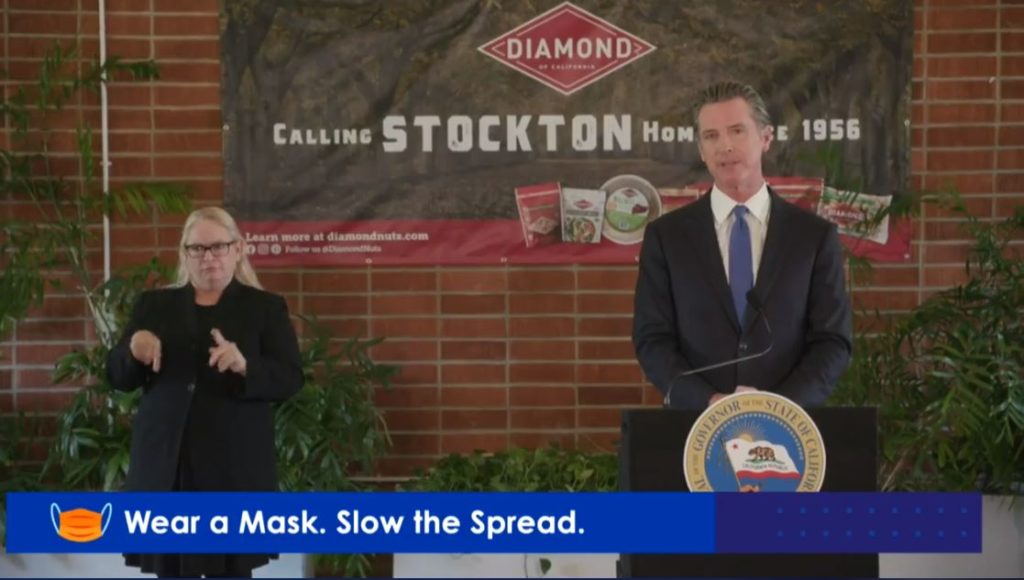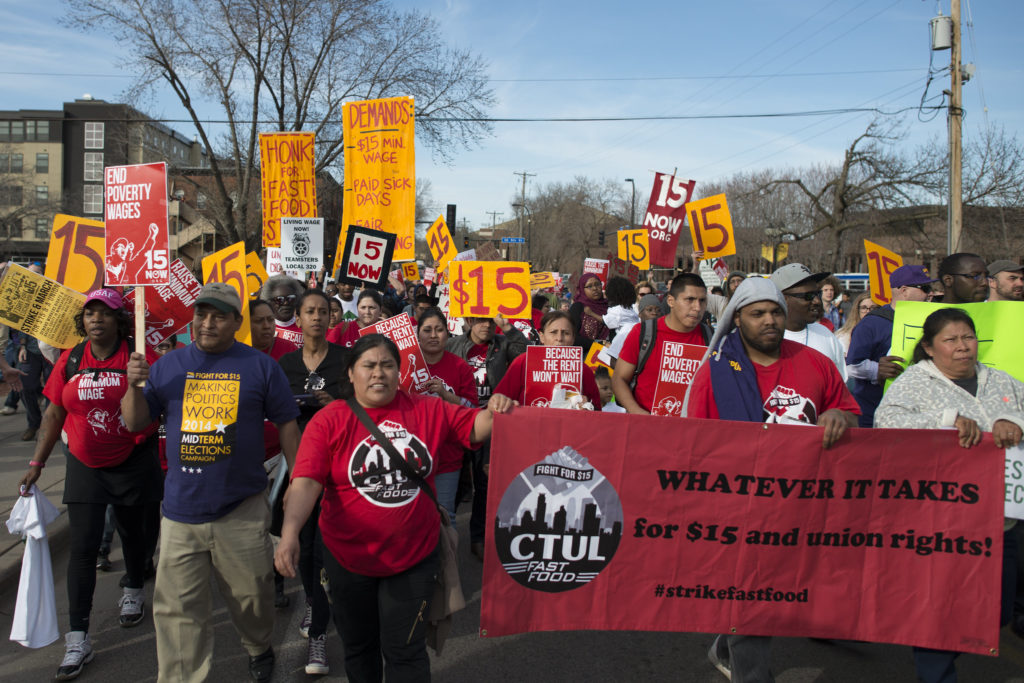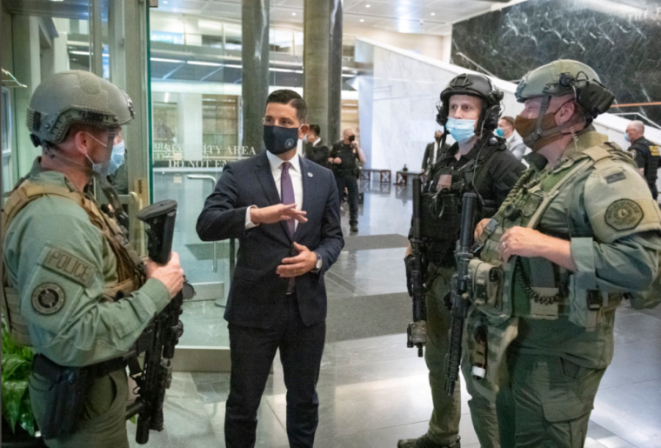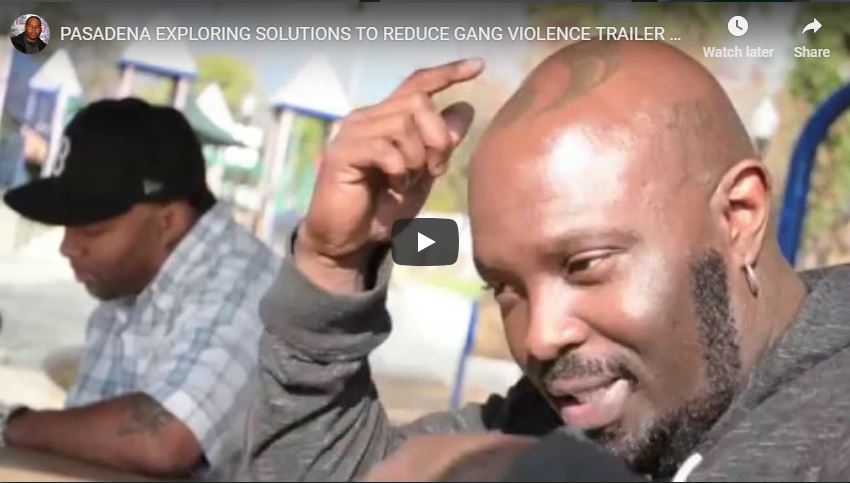
During a press conference in Stockton Monday afternoon, Governor Gavin Newsom announced additional support for the Central Valley — a region seeing concerning virus spread, with 14-day positivity rates ranging from 11.9-27.5 percent, that is disproportionately impacting Latinos. The governor announced $52 million for Central Valley counties — San Joaquin, Stanislaus, Merced, Madera, Fresno, Kings, Tulare and Kern — to help expand disease investigation, contact tracing and quarantine efforts. In addition, the state will deploy three Unified Support Teams to these counties, which are experiencing increased cases and hospitalizations.
Statewide, Latinos make up 38.9 percent of the population but comprise a disproportionate number of COVID-19 cases (56 percent) and deaths (45.7 percent). In the Central Valley, where between 41-65 percent of any given county is Latino, there are a disproportionate number of Latino deaths compared to population — for example, in Fresno County, Latinos comprise 52.6 percent of the population and 65 percent of COVID-19 deaths. Where officials have no race or ethnicity data, based on surnames, local public health officials estimate that roughly 70 percent appear Latino, thus the current case numbers likely underestimate the total number of Latinos who are impacted by the virus.
“The data is clear that COVID-19 is disproportionately impacting Latinos in California,” said Newsom. “The rising community transmission rates we are seeing, particularly among Latinos in the Central Valley, are concerning. This is alarming and we are taking action. That’s why today we are making $52 million available to counties in the Central Valley to support local public health departments with additional resources to stop the spread of the virus and reduce the number of hospitalizations related to COVID-19.”
In collaboration with local partners, the state will deploy Unified Support Teams into the eight Central Valley counties to work side by side with local public health, emergency, medical, community and business organizations to evaluate on-the-ground needs and develop strategies and interventions to address them. The teams will review data and look at outbreaks in factories and congregate setting such as long-term care facilities, high-density housing developments and agricultural workplaces where individuals may be exposed to COVID-19.
This mission is similar to the one carried out recently in Imperial County, which included the deployment of state and federal personnel to reduce transmission rates, augment surge capacity at local hospitals and operate an 80-bed alternate care site. That effort boosted public health support for disease investigation and contact tracing and helped manage outbreaks at workplaces and other congregate settings. Those efforts also reduced the number of COVID-19 patients being transferred out of the county for care. For context, in Imperial County the 14-day case rate dropped 63 percent, from 836 cases per 100,000 to 308 cases per 100,000 people.
The state’s targeted efforts are funded in part with a grant from the Centers for Disease Control and Prevention (CDC), which has provided California $499 million to support the state’s response to COVID-19, of which $286 million is being made available to local governments in their efforts to fight COVID-19. Nearly $52 million of these funds will go to the eight counties in the Central Valley.






